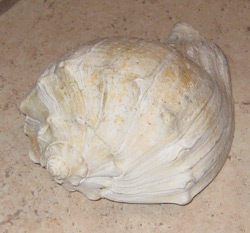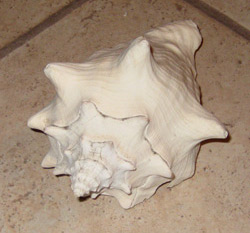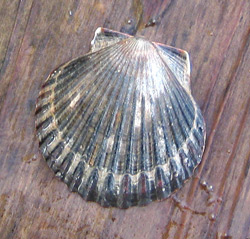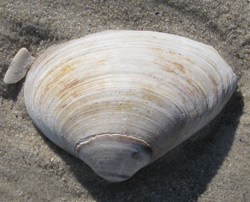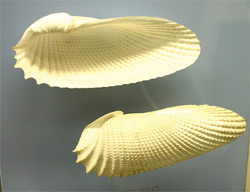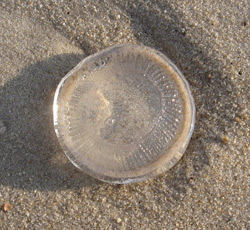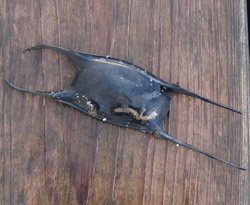The ocean shoreline is constantly pounded and washed by the surf. All this constant movement also washes things up on the shore. Where ever there are people living near an ocean beach there are also beachcombers that ply the shoreline to see if anything valuable has come ashore.

Beachcombing has changed a lot through the years. Early residents of Long Beach Island used to keep an eye out for beached whales. Numerous parts of the whale could be useful in and of themselves. Once the whaling industry was firmly established in North America, and regular processing of whale products was in place, a beached whale would bring in a hefty payday. Early beachcombers on LBI would also hope that a piece of lost cargo or the remains of shipwreck might come ashore. Wood from a wrecked ship, food, casks of liquor, trade goods and more might provide food, building materials or something that could be sold for cash.
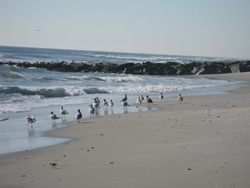
Today Long Beach Island's beaches are mainly walked by beachcombers looking for different kinds of treasures - like shells or pieces of smooth colored glass. Yet even as things have changed there is a common curiosity that has remained the same. Arriving at a deserted beach, in this century or the last, the question asked still is "I wonder if the ocean has delivered anything interesting today?"
The guide below is meant to serve as a way of figuring out what the washed up treasures, and also those not so precious things, actually are. This resource will grow as we are able to find more information, pictures and even as people ask more questions.
A fairly small number of organisms make up the majority of all the animal detritus that washes ashore. If we don’t worry about our more modern plastic waste, other human debri, and assorted plant parts that can also be found on most beaches today, it is fairly simple to identify the source of most of the shells and curious looking animal parts one can find. Lets start with the....
Sea Shells
|
|
|
|
|
|
|
|
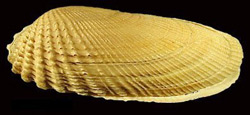
False Angel Wing Petricolaria pholadiformis |
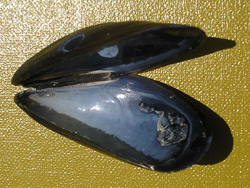
Blue Mussel Mytilus edulis
|
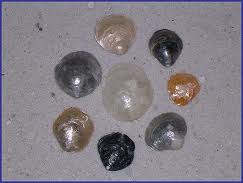
Jingle Shell Anomia simplex |
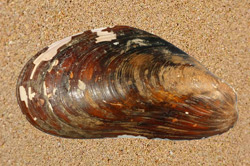
Horse Mussel Modiolus modiolus
|

xxxxxxJingle Shell xxxxxAnomia simplex |
And how about things that are not sea shells, but are the products of living organism....
Other (Once) Living Things
|
|
|
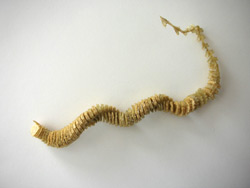 knobbed whelk egg case |
 knobbed whelk egg case |

